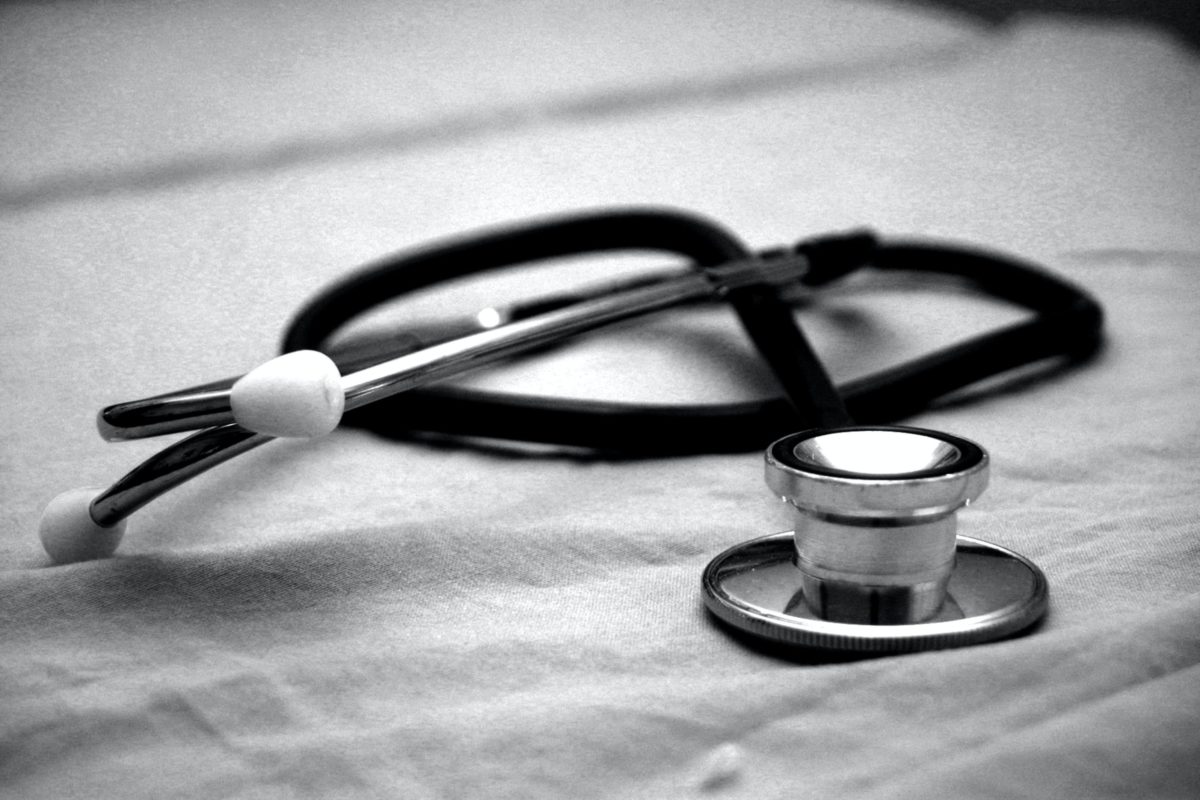Examining the impact of the early stages of COVID-19 on health autonomy and ideals
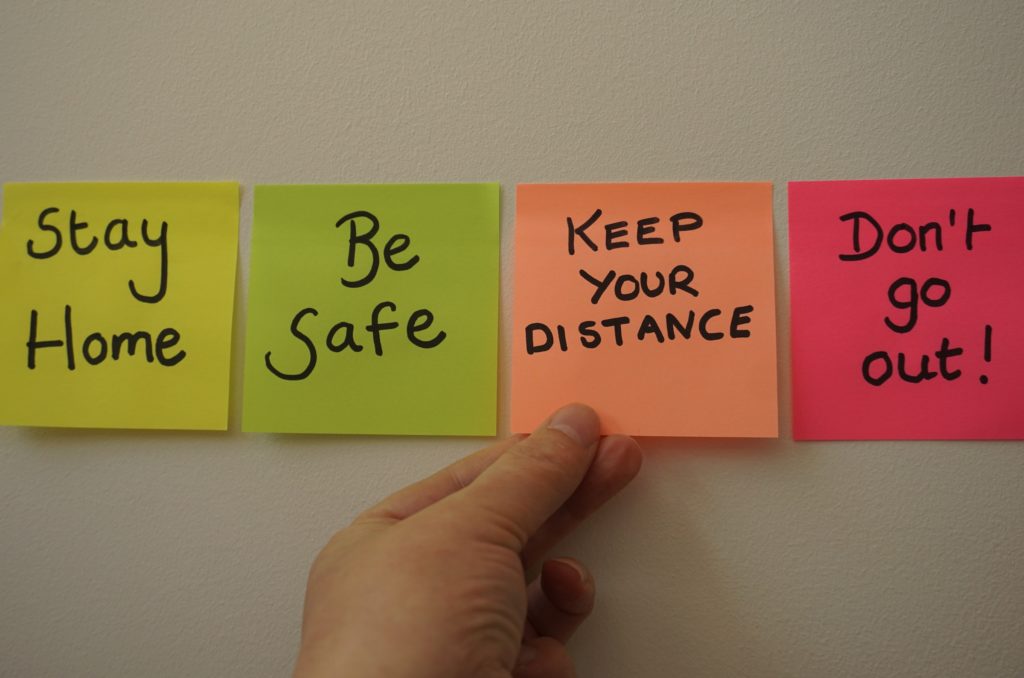
The heart of the COVID-19 pandemic is over. Due to low infection and mortality rates, the pandemic is no longer deemed a public health emergency by the Department of Health and Human Services. Though much of this success is attributed to effective vaccines and treatments, personal efforts like isolation and mask-wearing also mitigated the impacts of the virus. These actions were once espoused before medical interventions were widely available, and they emphasized personal responsibility over health. This messaging regarding COVID-19 safety underscored health autonomy, but this mentality became a slippery slope in terms of excessive health consciousness and unrealistic ideals promoted via social media.
Increasing Health Autonomy
In the advent of COVID-19, the primary messaging from health authorities such as the Centers for Disease Control (CDC) and the World Health Organization indicated that each person was in control of their own virus prevention. You had the power to protect yourself by social distancing and washing your hands, and if you contracted the virus, that was due to a failure on your part to follow the safety measures. It followed that this sentiment of responsibility over one’s personal health expanded into avenues beyond COVID prevention. A hyper-awareness of individual health and wellness grew early in the pandemic, exacerbated by the lack of access to outside medical services. With an inability to seek professional care, we became our own doctors. Crawford’s claim that “personal responsibility for health is widely considered the sine qua non of individual autonomy and good citizenship” applies to our widespread focus on how we could best protect ourselves and those around us by adopting the most healthy practices (Crawford, 2006, 402).
“Today, the common assumption is that health must be achieved.”
Robert Crawford (Crawford, 2006, 402)
These practices manifested themselves in numerous ways. From at-home workouts to wearable technology use, methods of improving and tracking physical health became predominant. Acknowledging that quarantine could lead to a sedentary lifestyle, governmental organizations heavily promoted the importance of physical activity, further intertwining the political and private sphere via health consciousness (Crawford, 2006, 403). Regular exercise was also advertised for its mental health benefits in combatting the isolation associated with social distancing, along with practices like mindfulness activities and meditation. These actions were highlighted as things that one can do without risking contact with COVID, underscoring solitary actions that one can take over their health.
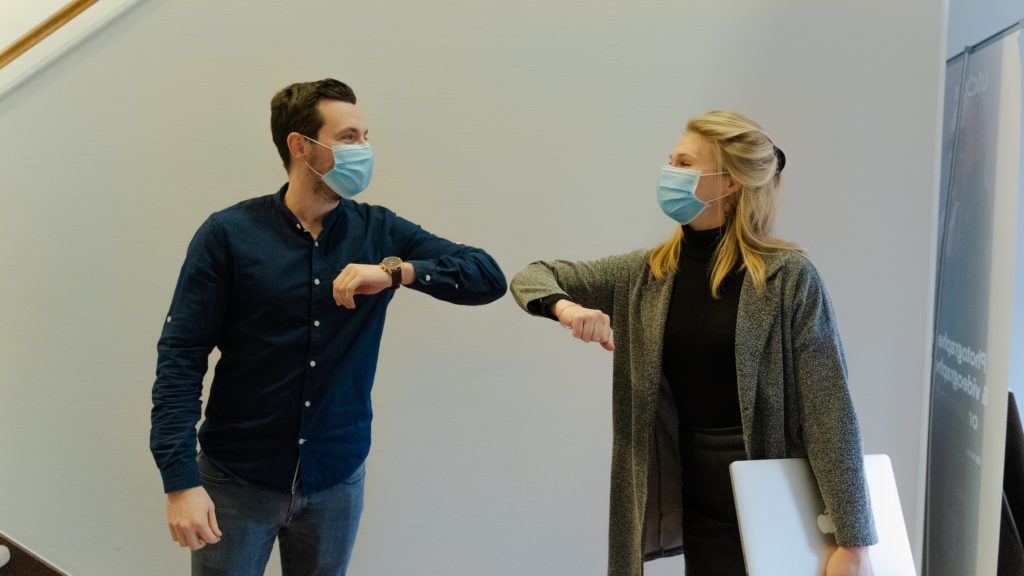
Social Media and Self-Improvement
In addition to the push from governmental and health organizations for an increased health focus, social media was also a significant promoter of self-care throughout the pandemic. When I think of social media during the first month of lockdown, I am immediately reminded of the rampant TikTok health trends, particularly the exercise challenges like those from fitness influencer Chloe Ting. Teenage girls would participate in Ting’s exercise videos, like “Get Abs in 2 WEEKS” and “Do This Everyday To Lose Weight ” and post their body composition results. These videos about lifestyles centered around exercise and nutrition encouraged at-home healthy behaviors among millions. However, they also promoted unrealistic body expectations and the attitude that anyone can make their body look like Chloe Ting’s as long as they have the discipline to do so. Similar to Barbara Ehrenreich’s analysis of 1970s exercise culture, social media during COVID heavily promoted physique as “a status symbol” and fitness as a “culture that inflicts ‘steep penalties for being overweight’” (Winant & Gallagher, 2018).
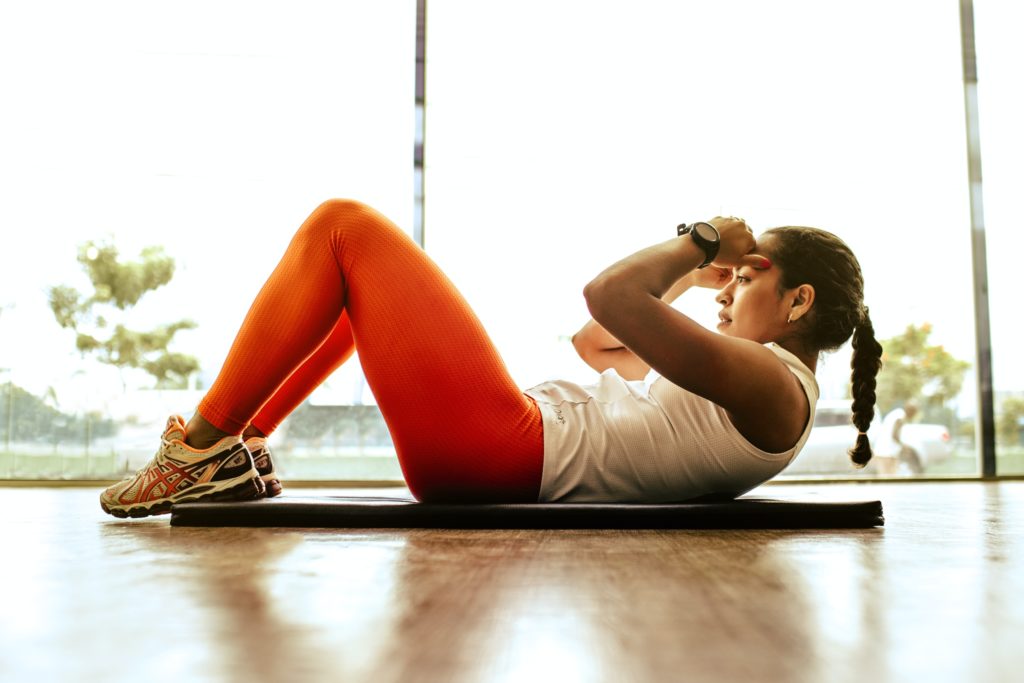
The promotion of these activities, however, was by those who could afford the time to focus on their self-care. When these social media videos went viral, it created the illusion that everyone was using their quarantine as the opportunity to be productive in self-improvement. In reality, COVID-19 took away many’s abilities to focus on their health. This was especially true for at-home care workers, as “over one in ten women report[ed] that they [had] new caregiving responsibilities as a result of the pandemic” (Ranji et al., 2021). Many of these caregivers were not able to seek outside forms of stress relief and social support, causing physical and mental health repercussions (Harmon, 2021). In fact, a CDC survey found that “40 percent of caregivers for adults reported anxiety or depression symptoms” throughout the pandemic (Harmon, 2021). While social media advertised quarantine as free time allotted for self-care, only those with privilege could use it as so. This further contributed to social media as a source of unrealistic expectations and lifestyles related to health during the pandemic.
“It is only the wealthy who have the resources to maintain the illusion of an integral and bounded self, capable of responsible self-care and thus worthy of social status.”
Barbara Ehrenreich in “Natural Causes” (Winant & Gallagher, 2018)
The Lasting Influence
At the beginning of lockdown, COVID considerably impacted our perception of health autonomy, and the effects persist today. Speaking from personal experience, I am much more cognizant of my efforts to avoid sickness than before the pandemic. I have always attempted to prioritize sleep and minimize stress levels, but I am now aware of how these efforts aid my immune system in warding off disease. Additionally, plagued by the aforementioned motivational lifestyle videos on my social media feed, I adopted a rigid exercise regimen to keep myself in shape at the beginning of quarantine. This contributed to a hyper-awareness of my body’s conditions. I know of many that have had similar experiences, and I have attempted to let go of this self-consciousness since coming to college. Though the stress of individual responsibility over healthy behaviors did wonders in reducing the viral impacts of COVID-19, the long-lasting effects in terms of health consciousness and unrealistic ideals persist today.
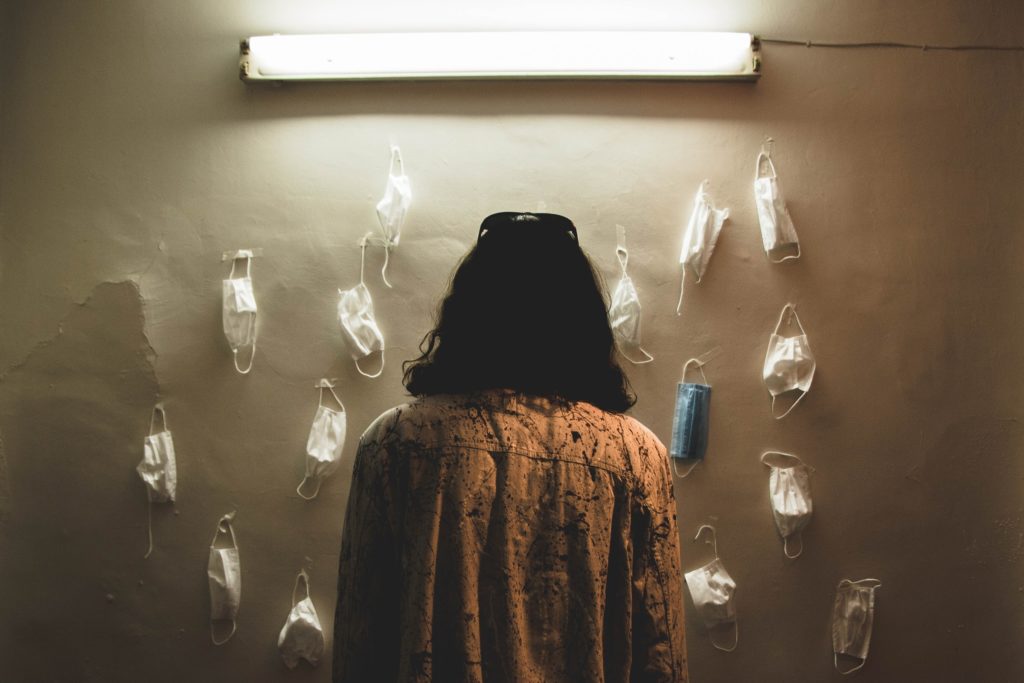
References
Crawford, R. (2006). Health as a meaningful social practice. health: An Interdisciplinary Journal for the Social Study of Health, Illness and Medicine, 10(4), 401-420. 10.1177/1363459306067310
Harmon, K. (2021, August 4). America isn’t taking care of caregivers. Vox. Retrieved March 26, 2023, from https://www.vox.com/22442407/care-for-caregivers-mental-health-covid
Ranji, U., Fredericksen, B., Salganicoff, A., & Long, M. (2021, March 22). Women, Work, and Family During COVID-19: Findings from the KFF Women’s Health Survey. KFF. Retrieved March 26, 2023, from https://www.kff.org/womens-health-policy/issue-brief/women-work-and-family-during-covid-19-findings-from-the-kff-womens-health-survey/
Winant, G., & Gallagher, S. (2018, May 23). Barbara Ehrenreich’s Radical Critique of Wellness Culture. The New Republic. Retrieved March 26, 2023, from https://newrepublic.com/article/148296/barbara-ehrenreich-radical-crtique-wellness-culture
